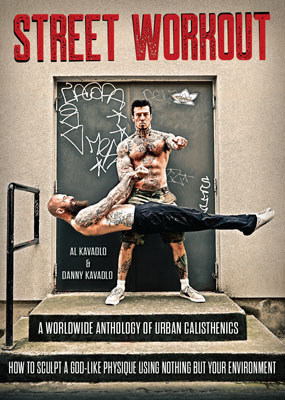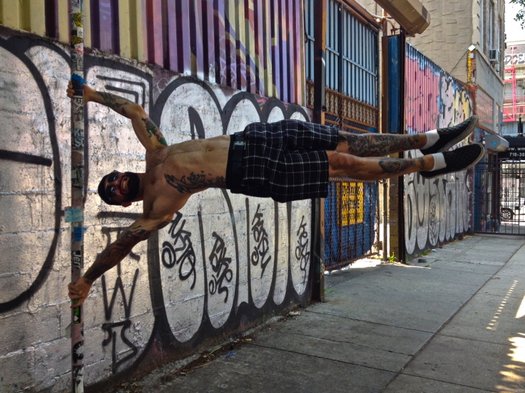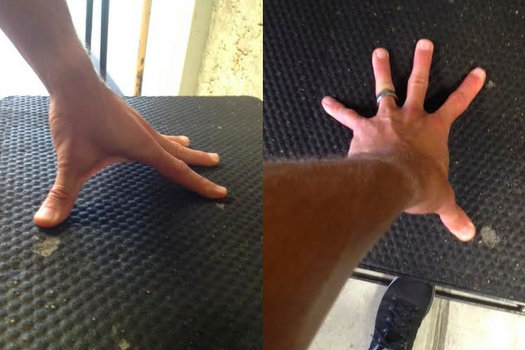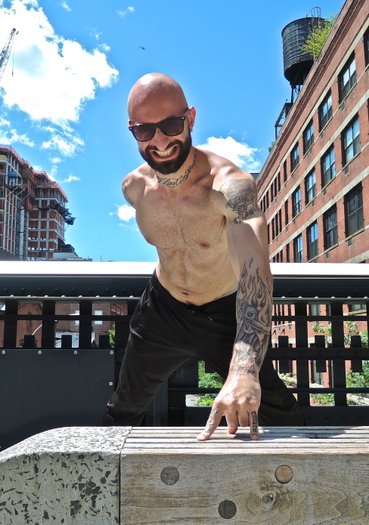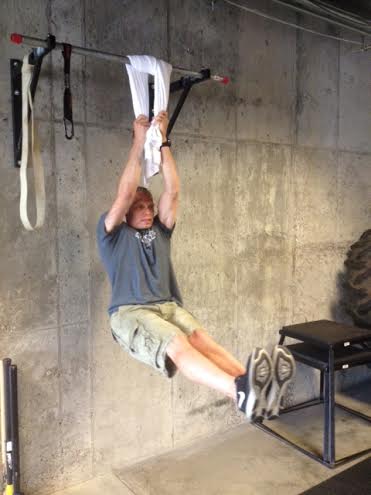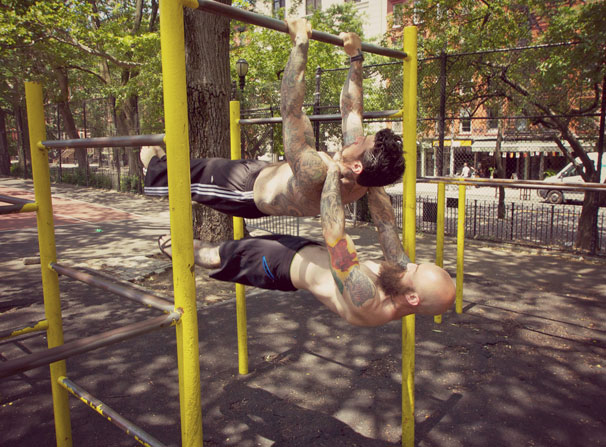
We’ve often said that the possibilities are limitless when it comes to bodyweight training. Beyond all of the variations and combinations of calisthenics exercises that can keep one busy for a lifetime, the realm of partner bodyweight training opens up an entirely new avenue to explore. Though we recommend a solid foundation in bodyweight basics like push-ups, pull-ups and squats before attempting these moves, once you have established a baseline of strength and body awareness, you can have fun playing with these partner variants.
When performing coordinated bodyweight exercises in tandem with another human being, the proprioceptive challenges are increased, and you are forced to pay extra attention not only to your own movements, but those of your partner as well. The following exercises are all about communication and working as a team. Both parties must use their entire bodies in distinct ways to achieve success in this arena. Remember to switch roles with your partner when practicing these exercises, as each person’s role is different within each move and experiencing both sides of the equation will lead to a more well rounded training session.
So grab a friend and let’s get started! Hey hey hey – it’s still bodyweight training!
Human Flag and Human Flag Pole
This is the exercise that the Kavadlo brothers first became known for in the Dragon Door community. We appeared on the cover of Paul Wade’s Convict Conditioning 2 performing this feat which went on to become a signature exercise for us. The book also went on to become one of Dragon Door’s best-selling titles and has since been published in nearly a dozen languages. People all over the world have now seen this iconic image immortalized on that infamous cover.
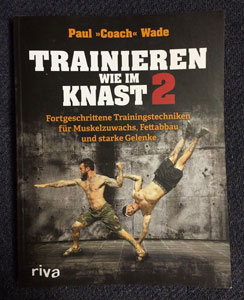
The human flag is impressive enough when performed on a steel pole, but when it’s performed on another human being it is even more amazing!
At first glance, it’s easy to discern that the flagger has some extra work on his hands. Obviously, no one’s skin is completely taut, no matter how hard they train, so the flagger must constantly adjust his grip—and many other nuances—to the uncontrollable wavering of his partner’s skin.
The flagger must also be extremely conscious of where he places his hands. The lower hand should be placed close to the foot to maximize stability. If you put it too high, not only will you put yourself in a mechanically disadvantageous position, you may snap your partner’s shinbone!
The partner being flagged upon (the human flag pole) faces an enormous task as well. First of all, you’ve got to be as solid as a rock—both physically and in your mental focus—for someone to flag off of you. Secondly, be prepared to subtly lean away from the flagger as they lift their feet off the ground to get into position. Failure to counter the flagger’s weight will result in both of you toppling over. Extend your free arm to help strike a balance.
Reverse Human Flag and Human Flag Pole
Though still a challenging move in its own right, this “foot flag” variant can be more suited to intermediate level practitioners than the previous incarnation. Unlike the original human flag and human flag pole combination that put us Kavadlos on the map, which is harder than it looks, this variant is actually less difficult than it may appear.
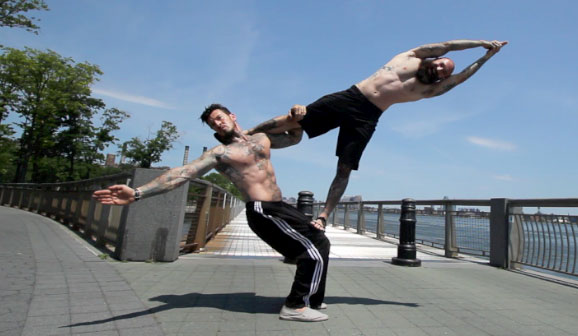
Begin by having the person who will be the “pole” stand with feet together and knees partially bent. The flagger will then proceed to hold their partner’s hand(s) for stability as they step one foot up on top to their partner’s thighs. (Try to keep your feet low down on your partner’s thighs and close to the knees for a more solid foundation.) From there, the flagger will carefully slide their opposite foot behind their partner’s head (the partner can use his or her hand to help) and begin extending the body outward, while actively flexing that foot toward the partner’s neck for stability. When both people are ready, you may slowly begin to release the hands.
As with the previous variation, the person acting as the pole must lean in the opposite direction of the flagger in order to provide a counterbalance. It is important that the partner lean back from the hip and extend from the back, rather than solely at the knees, to provide the right leverage for this balance.
Partner Shoulder Stand
For those of you who feel that the previous exercises may be too advanced, the partner shoulder stand can be a slightly less intimidating place to start.
Begin on your back, with both arms in the air above your shoulders. Lift your feet with your knees bent to around 90 degrees, then have your partner stand below you and grab the tops of your shins. From there, they will lower their upper traps/shoulders into your hands and begin shifting their weight forward off of their feet. Keeping your elbows locked, press away from your chest like you are locking out a push-up as your partner shifts their weight entirely into your hands. The person on top should aim to get their hips in the air above their shoulders, eventually lifting themselves into a full inversion, supported only on the knees and hands of the other person.

Biceps Curl Front Lever
This is the feat that we can be seen performing on the cover of our new ebook Street Workout. While the standard front lever is already a difficult bodyweight challenge in its own right, performing it while hanging from the arm of another human being can pose an additional challenge.
First and foremost, the person acting as the base must keep a solid footing. From there, bend at the biceps of the arm to be levered upon until your forearm is parallel to the ground. Be prepared to keep complete body tension all over, particularly in this arm, as it will be supporting the entire weight of your partner.
At this point, the person performing the front lever needs to grip said forearm with all the strength he or she can muster. A mixed grip (overhand/underhand combo) is recommended to combat the elasticity of the skin. As is the case with the aforementioned Human Flag and Human Flag Pole, a bar is much more rigid than the epidermis. Now both partners need to maintain tension in the arms, abs, legs, glutes and shoulders as the party performing the front lever moves into position, keeping their arms locked out at the elbow and body parallel to the ground, while maintaining a straight line from shoulders to hips to feet.
It’s very common for people to inadvertently fold at the hips when attempting the front lever. Do your best to avoid this pitfall by looking at your toes to make sure you are maintaining a straight line from shoulders to heels. Smiles and scowls optional.
These exercises are just the tip of the iceberg. Watch the video below for more!
